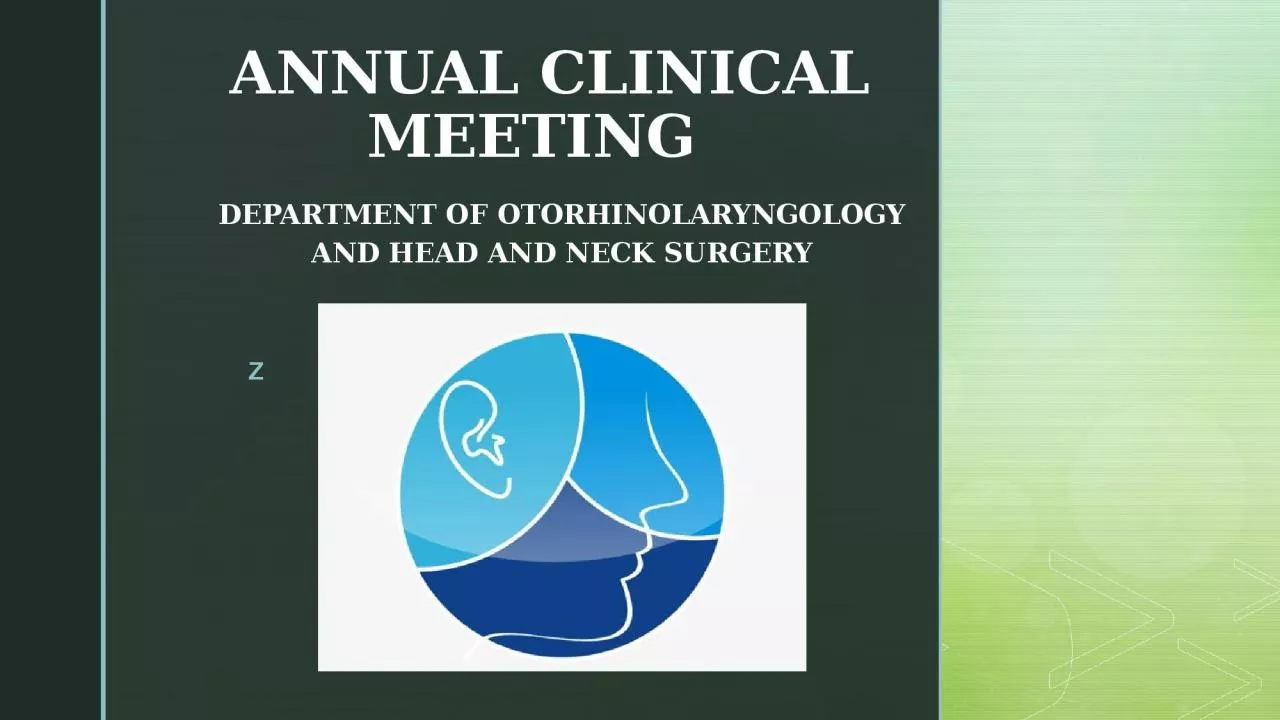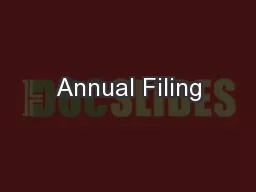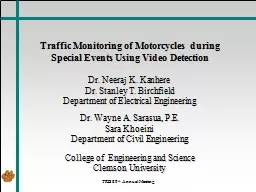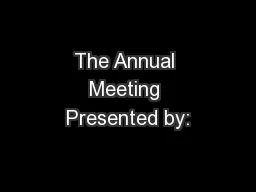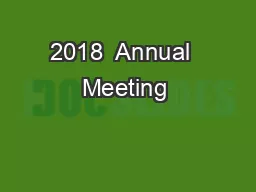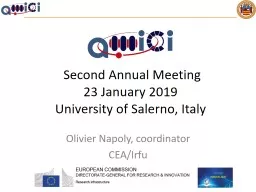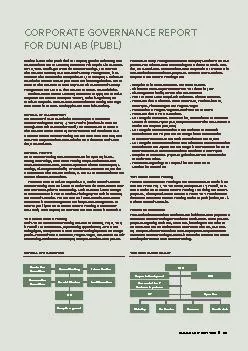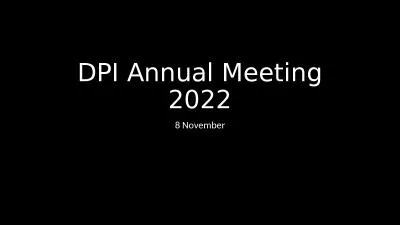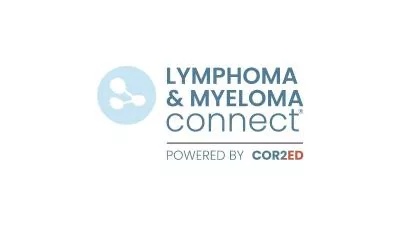PPT-ANNUAL CLINICAL MEETING
Author : hailey | Published Date : 2022-06-08
DEPARTMENT OF OTORHINOLARYNGOLOGY AND HEAD AND NECK SURGERY BUCCAL MALIGNANCY AND ULCERS CASE SERIES DR SHUBHANGI PRASAD EPIDEMIOLOGY Buccal mucosa commonest site
Presentation Embed Code
Download Presentation
Download Presentation The PPT/PDF document "ANNUAL CLINICAL MEETING" is the property of its rightful owner. Permission is granted to download and print the materials on this website for personal, non-commercial use only, and to display it on your personal computer provided you do not modify the materials and that you retain all copyright notices contained in the materials. By downloading content from our website, you accept the terms of this agreement.
ANNUAL CLINICAL MEETING: Transcript
Download Rules Of Document
"ANNUAL CLINICAL MEETING"The content belongs to its owner. You may download and print it for personal use, without modification, and keep all copyright notices. By downloading, you agree to these terms.
Related Documents

